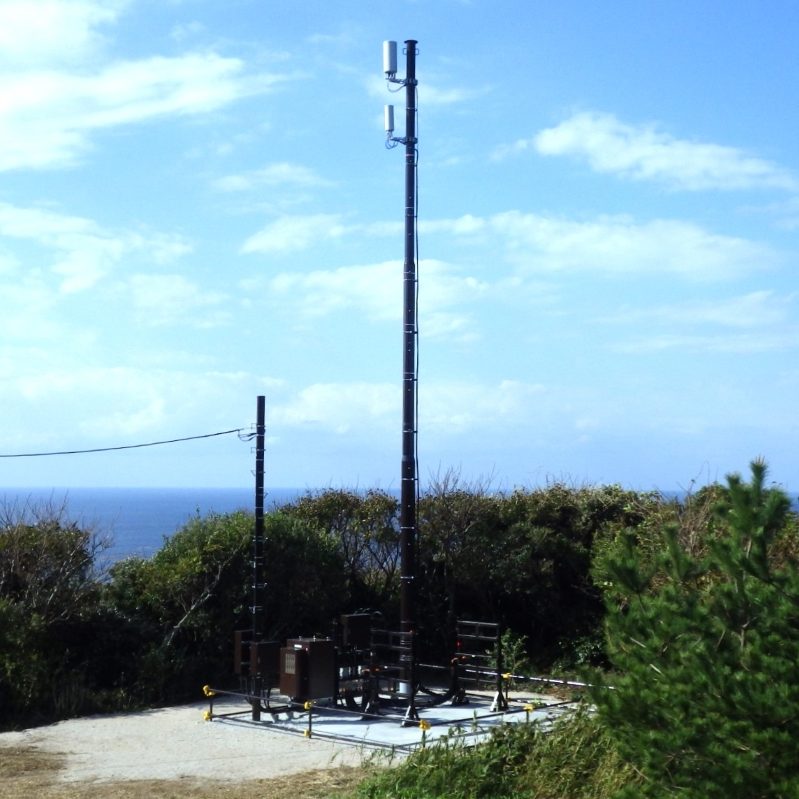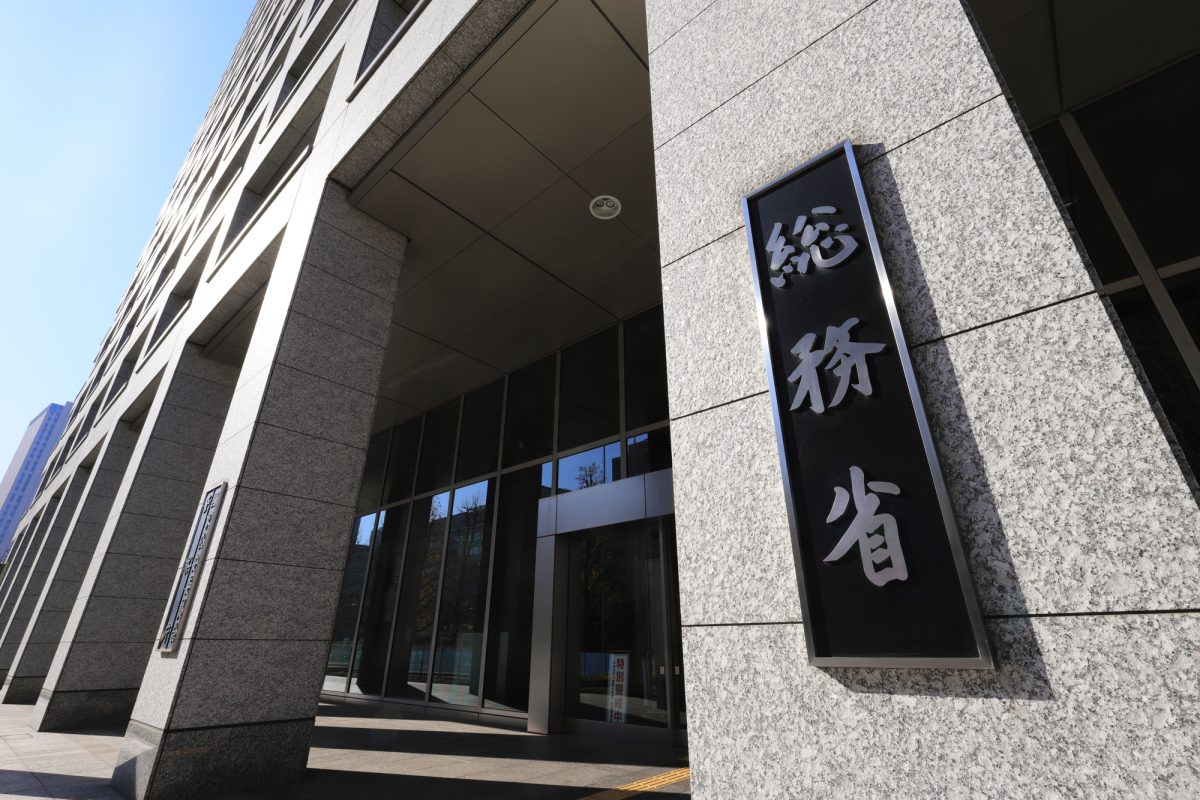In this column, I would like to discuss the Ministry of Internal Affairs and Communications' policy on Infra-Sharing.
The term 'Infra-Sharing' has recently emerged, but despite the significant services being offered, there hasn't been a clear classification of Infra-Sharing into specific business categories. Around the year 2000, services like ADSL and MVNO began to develop alongside Infra-Sharing. Since then, these businesses have served as examples of new entrants utilizing innovative business models. Each of these business models has its own unique characteristics and entry barriers, leading to various policy approaches aimed at promoting their development.
Let's explore the policy approach MIC has implemented regarding the Infra-Sharing business within the realm of information and communications.
Remove legal barriers and invite new entries
For the deployment of 5G, the frequency bands used for 5G are higher than those for traditional 3G/4G (such as 3.7 GHz, 4.5 GHz, 28 GHz bands), and Infra-Sharing has been highlighted as one of the more efficient development methods.
MIC has focused on this point, and while considering the frequency allocation for 5G, policy approaches have been taken to utilize and promote Infra-Sharing.
I will explain each measure in chronological order.
(1) Development of Infra-Sharing Guidelines
- Formulate in December, 2018
- Revised in August, 2022
There are various types of guidelines established by administrative agencies. For instance, these include standards of conduct based on laws and regulations, interpretative standards for those laws, and sometimes codes of conduct that aren’t legally mandated.
The current Infra-Sharing Guidelines provide clarity on the interpretation of laws and regulations related to the Infra-Sharing business. The main legal frameworks governing communication services are the Telecommunications Business Law and the Radio Law, which outline the business aspects (regulations on market entry and operations) and the use of radio waves (acquisition and operation of wireless station licenses), respectively.
The Infra-Sharing Guidelines specify how the Infra-Sharing business is regulated under both the Telecommunications Business Law and the Radio Law.
Rough classifications are as follows:
- Provision of structures such as towers:
Not applicable to telecommunications business and does not require procedures for wireless station license. - Provision of communication equipment:
Procedures for telecommunications business are necessary, and procedures are required depending on the presence or absence of requirements for obtaining a wireless station license.
I will not explain details of each, as it is not the purpose of this column.
I believe that there are 2 meanings to the guideline.
The first point is that it serves as a benchmark for companies considering entry into the Infra-Sharing business. The guidelines allow companies to gain a general understanding of the legal framework surrounding their intended business model without the need to consult legal experts.
The second point is that it clarifies there is no need to amend existing laws or establish new regulations for Infra-Sharing business.
Generally, it’s believed that new businesses often encounter legal barriers. However, in the case of Infra-Sharing businesses, these barriers have been mitigated by clarifying the interpretation of existing laws. A clear example of this is ride-sharing. Despite demand to enter the market for nearly a decade, launching a business remains quite challenging under current regulations.
The guideline was formulated in 2018, a timing before the allocation of 5G frequency, when awareness of Infra-Sharing was increasing.
I believe it was effective that MIC formulated guidelines and showing a path for new entrants and implementation in early stage.
Expectations for the role of MIC
(2) Relaxation of Subsidies for Project to Support Radio System Dissemination
- December, 2021:
Added Infra-Sharing provider to the target of subsidy for Project to Support Radio System Dissemination (Upgrade from 4G to 5G) and improved subsidy rate. - March, 2023:
Added Infra-Sharing provider to the target of subsidy for Regional Digital Infrastructure Utilization Promotion Project (Measures for geographically disadvantaged areas) and improved subsidy rate.
MIC has established the subsidy system to support development of mobile phone services in areas with insufficient communication environments, such as geographically disadvantaged areas in rural regions, as well as locations where radio signals are obstructed, including road tunnels, railway tunnels, and medical facilities.
Under the subsidy system, the recipients of subsidies have been local governments, mobile network operators, and general incorporated associations. From 2021 to 2023, Infra-Sharing operators gradually became included as well. Additionally, when multiple operators collaborate on Infra-Sharing, the subsidy rate is set at 2/3 of project cost, making it more advantageous than 1/3 for individual projects. JTOWER has also taken advantage of the subsidy scheme to develop shared towers, mainly in rural areas.

The subsidy system aims to promote the development of mobile phone infrastructure in geographically disadvantaged areas by leveraging Infra-Sharing. I believe recent changes have occurred because the policy goals align well with the role of Infra-Sharing in efficient network development.
However, within the subsidy framework, funding for radio shielding is still limited to general incorporated associations. To revitalize the Infra-Sharing market and enhance expectations for its role, a review of the subsidy coverage is anticipated.
(3) Reference in the Digital Garden City National Infrastructure Development Plan
- Announced in March, 2022
The Digital Garden City National Infrastructure Development Plan was formulated based on the government’s growth strategy known as the Vision for a Digital Garden City Nation. It positions infrastructure such as fiber optics, 5G, data centers, and submarine cables as key drivers of growth, outlining development policies and promotion measures.
Infra-Sharing is addressed as one of the promotion strategies for advancing 5G development, with the following specific initiatives outlined.
- Expansion of mobile phone area coverage (subsidies) ・・ See (2)
- Development of radio equipment that can be shared by mobile phone operators.
- Database creation of public assets that contribute to the installation of base stations.
- Establishment of regional councils (a total of 11 areas).
- Revision of Infra-Sharing Guidelines ・・See (1)
Furthermore, the establishment of councils at the regional level has already been implemented, and discussions are ongoing among MIC, local governments, and telecommunications operators regarding the development of 5G network and the promotion of fiber optic installation. JTOWER is participating in councils in 9 out of the 11 areas.
This policy has been introduced because the objectives of the initiative align well with the role of Infra-Sharing.
Adoption for Policy Standards
(4) Specification of criteria in the policy for radio wave effective use evaluations
- Formulated in September, 2022
- Revised in July, 2023″
While it may not be widely recognized, the Radio Regulatory Council established by MIC conducts an annual evaluation of the effective use of frequencies in mobile communications. This initiative acts as the ‘Check’ function in the PDCA cycle for frequency allocation. It aims to verify, through year-on-year comparisons, whether the allocated frequencies (public assets) are being used efficiently by mobile network operators, which can inform actions for new allocations. This measure is unique to the mobile phone market, as market growth necessitates the expansion of available frequency bands.
The policy for effective utilization evaluation sets the criteria for assessing the efficient use of frequencies. One of the specified criteria is “Infra-Sharing in 5G base station development.” A high evaluation indicates that effective utilization is advancing. The inclusion of the term “Infra-Sharing” as an evaluation item by administrative agencies suggests that it is becoming established within policy considerations as well.
Toward strengthening the Infra-Sharing market
The policy initiatives we have examined in this column follow a chronological order, as shown in the diagram below. It is evident that as interest in Infra-Sharing has increased, policy efforts have become more active. (Diagram)

So, what approaches can we expect for further revitalization of the Infra-Sharing market going forward?
The first point is that as Infra-Sharing evolves, there is a high possibility that existing regulations and policy frameworks may become barriers, so it is important to address and resolve these issues in a timely manner.
The second point is that Japan has fallen significantly behind other countries in the formation of the Infra-Sharing market, resulting in a relatively small number of operators and limited scale. Therefore, there is a need for policies to continuously stimulate growth (bottom-up support). (I plan to delve deeper into this point in a future column.)
In this column, we examined the past and future of policies related to Infra-Sharing. While it’s evident that innovation and competition among businesses are essential for substantial growth, I believe that collaboration with policy frameworks—particularly proactive efforts from the business sector to advocate for policy changes—should not be overlooked in Japan.
※The content in the article is at the time of publication.


